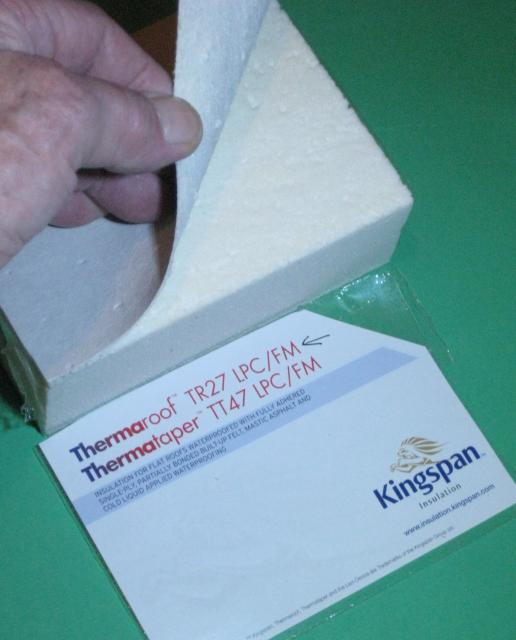Am I the last to discover this?
PTW bodywork builders tend to go for 'production' techniques, using molds and so on, but out there in the wacky world for four (plus) wheels it's more common to do prototype bodywork by carving poloyurethane (PU) foam and skinning it in whatever composite mix is desired. It's a quick (and dirty) way of making a one-off that can be hacked about, mended or modified. It's easy to make bodywork that's light and much too strong.
Everyone I know doing this rejoiced mightily when the trend for home insulation led to the old-school "Brown Foam" formulation being replaced by a user-friendlier type intended for domestic roof insulation. The new formulation is less 'gritty', much less an irritant, but just as good for carving shapes in. It's also substantially cheaper.
There had to be a snag and it's the alloy foil backing that insulation foam comes with. It has to be removed before the slab can be bonded or skinned and it can be a lengthy, carefull process, particularly on thicker slabs, possibly because of different curing conditions. My local supplier does Kingspan foam products, one of the major UK suppliers. Their backing foil peels off 25mm thicknesses fairly easily but can be really difficult on 100mm slab.
Here's the solution. I think this picture does do all the words. Kingspan kindly supplied this sample of their "TR27", flat roof insulation. As you can see, it peels easily and cleanly without dust, leaving an almost perfect surface, ready for surfacing. Comes is the usual range of thicknesses, but in smaller slab sizes; - 600x1200, rather than the 8 feet by 4 feet 'Normal' Kingspan comes in. This smaller size could be handier in small bodyshops or tents. I haven't checked the price per square metre against the foil backed products but it's unlikely to be much out of line - flat roofs are a cheapo option...



